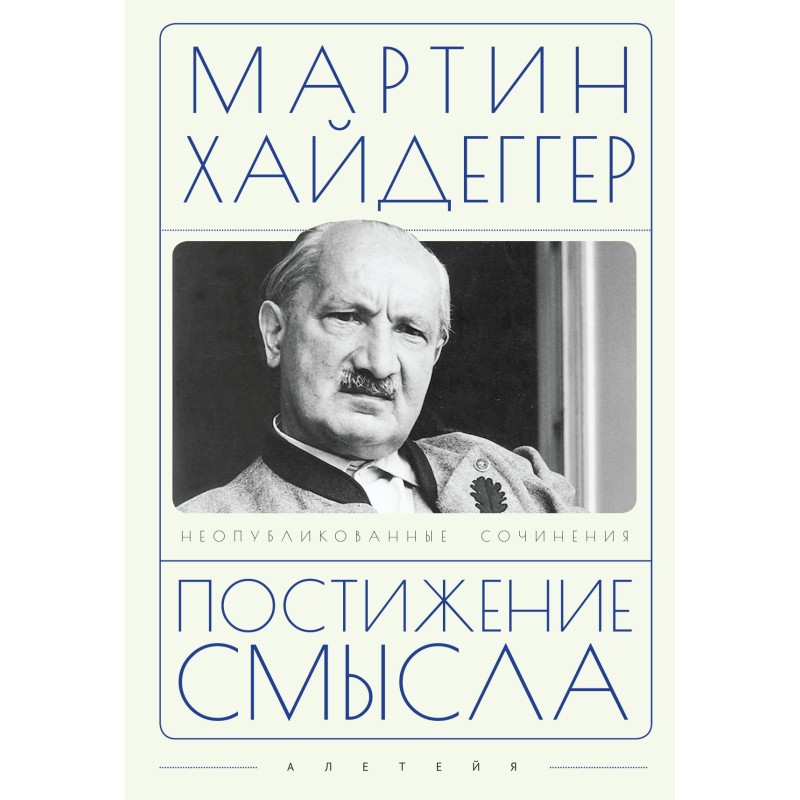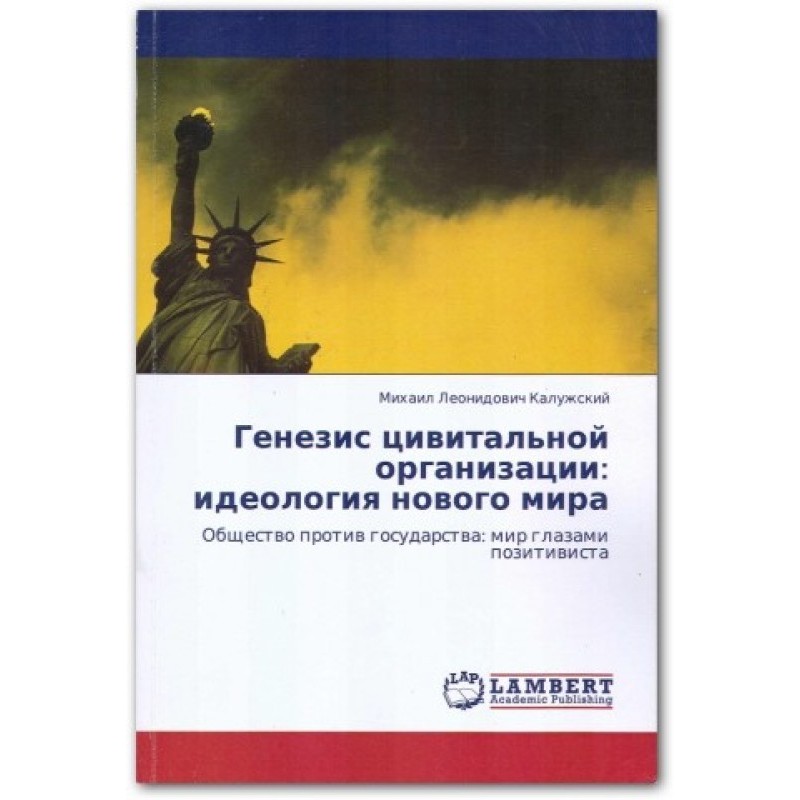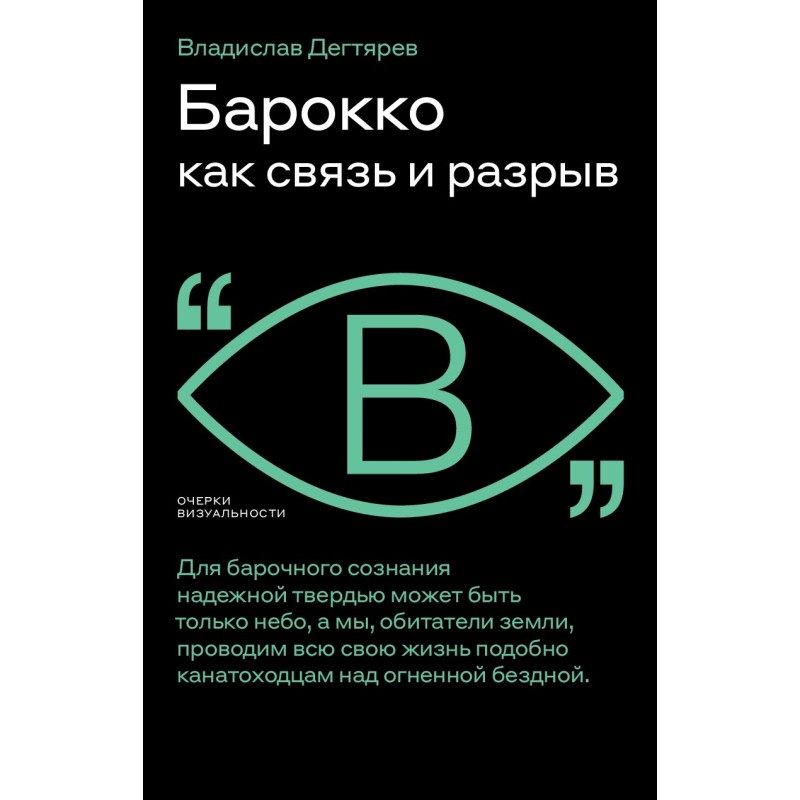Reflections VII–XI (Black Notebooks 1938–1939)
 Instant download
Instant download
after payment (24/7)
 Wide range of formats
Wide range of formats
(for all gadgets)
 Full book
Full book
(including for Apple and Android)
“Black notebooks” - this is what Martin Heidegger (1889–1976) called the black oilcloth notebooks with notes and reflections of various kinds, which he kept since 1931. There were thirty-four of them. According to the will of the author, the Frankfurt publishing house of Vittorio Klostermann began publishing them after all the books and courses of lectures. The 95th volume of the Collected Works of M. Heidegger, the translation of which we offer you, contains notes relating to the years 1938–1939 (“Reflections VII–XI”).
The publisher of the Black Notebooks, Peter Travny, described the reflections as follows Heidegger, based on his own self-esteem: these are not “aphorisms” as evidence of “worldly wisdom”, but “inconspicuous outposts - and rearguard positions” - in a holistic attempt to conquer the path for initial questioning, which, in contrast to the metaphysical, calls itself Being-historical thinking . The philosopher applies this method to situations in religion, art and science. “Black Notebooks” are a thinker’s workshop: many of the notes will grow into articles, reports, and book chapters. In addition to philosophical issues, Heidegger comprehends the situation in Germany after the Nazis came to power. In particular, he comments on his tenure as rector of the University of Freiburg and, in connection with it, his entire complex attitude towards National Socialism. It is no coincidence that the publication of the Black Notebooks caused fierce controversy in Germany and other countries.
Data sheet
- Name of the Author
- Мартин Хайдеггер
- Language
- Russian
Reviews
Глибокі роздуми та філософські пошуки
Книга «Роздуми VII-XI» є вражаючим свідченням інтелектуальної глибини Мартіна Хайдеггера, яка відкриває читачеві не лише його філософські концепції, а й особисті переживання в контексті складної політичної ситуації Німеччини в 1930-х роках. Хайдеггер у своїх «Чорних зошитах» не просто формулює питання буття, а й намагається знайти відповіді на них у контексті релігії, мистецтва та науки. Його нотатки є своєрідними «аванпостами» у філософському дискурсі, які спонукають до глибокого осмислення сучасного стану людства. Читання цієї книги вимагає зосередженості та готовності до інтелектуальних викликів, адже Хайдеггер не завжди пропонує легкі відповіді. Однак саме це робить його роздуми настільки цінними та актуальними. Важливо також зазначити, що публікація цих нотаток викликала жваві дискусії, що свідчить про їхню значущість у сучасному філософському контексті. Рекомендую цю книгу всім, хто цікавиться філософією та історією думки, адже вона відкриває нові горизонти для розуміння не лише Хайдеггера, а й самої суті філософії.



























